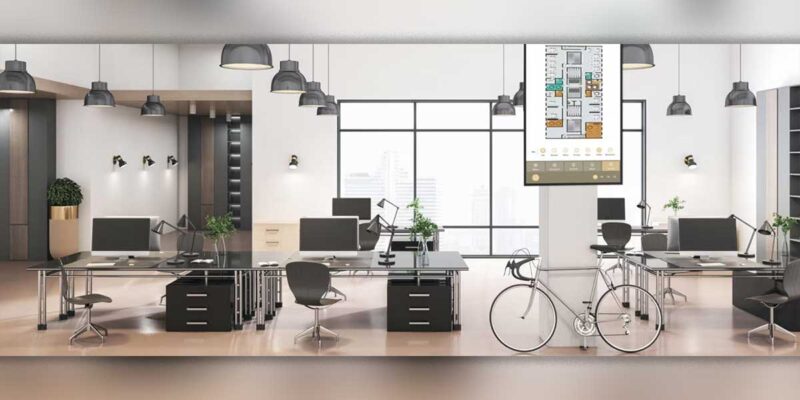The Flexibility vs. Performance Trade-off
“For every action (force) in nature there is an equal and opposite reaction.”
– Sir Isaac Newton

I talk to a lot of people about the future of work and how businesses are rethinking their real estate footprints and spaces to adapt to the reality of a hybrid future.
Companies want people to come back to their physical spaces for various reasons. Some honestly don’t know how to manage people remotely and are insecure about the productivity of their employees, while others are very forward-thinking in how space can be used to create better results for their businesses than remote work alone.
No matter what the reason, a common trend is to reduce the number of desks and increase the number of gathering spaces and I agree that in general, this is a positive direction to move in.
In this effort, the word I hear the most from companies to describe the types of spaces they want to create is “flexible.” Because the types of meetings vary, and the amount of usage of the rooms themselves is still uncertain or sporadic, companies are looking to create reconfigurable spaces to facilitate several types of meetings of various types and sizes. On the surface, this strategy seems fairly sound.
Flexible spaces mean that businesses can create a few differently sized rooms and leverage those across departments, teams and tasks.
However, flexibility comes at a cost.
First of all, as you increase flexibility, the user experience becomes less consistent. There are several ways to set the room up and therefore there are different ways to activate the room and turn everything on appropriately. Some of this can be handled with control systems and predefined settings based on meeting types, but that ultimately decreases flexibility as well, moving from “do whatever you want in here” to “do one of these three things.”
Second, flexible spaces aren’t historically reconfigured as often as you’d think. Ask customers with divisible conference rooms or moveable walls and partitions, desks on wheels, etc. how often they have actually moved things around. You’ll find that the answer is often that they did rearrange things some at first but over time that has faded and now things pretty much always stay in the same configuration. Many people are going from meeting to meeting and have little time to prep a room for the style of meeting at hand, so unless there is an in-house resource that is coming into these spaces ahead of time and configuring them for the next use, they will seldom be reconfigured at all.
Now even if we could fix the two problems above, there’s still another issue. Building a space that is highly flexible also means building a space that is pretty generic.
Think of a hotel ballroom. It can be a classroom, a meeting space or a reception area for a wedding — but it’s really not the best place for any of these things. The banquet room is built to support a flexible business model, not to improve any of those particular events held inside of them.
In the same way, a rectangular, flexible space with moveable chairs and tables and a screen on a cart could be configured to do an R&D innovation meeting, and, to be fair, would be likely a step up from a room with a fixed, rectangular conference table for this activity. However, it would not compare to a maker space with erector sets and 3D printers for rapid prototyping and ideation in a purpose-built room decorated with images of innovators and innovations that have changed the world in the last century.
It’s easy to build culture in a room with moveable chairs that eliminate hierarchy, but it’s even better when it’s done in a room with inspirational quotes or customer testimonials that reinforce the mission of the organization and give employees a place to bond and reconnect to that mission.
The blank canvas gives too much choice and provides a bland backdrop. The curated environment can be much more inspirational. Would you drive 45 minutes into an office just to meet in a neutral-colored box with cool moveable tables?
In other words, instead of building out five spaces that can be anything, perhaps build eight that serve four specific purposes.
Of course, this means knowing your employees and your business well and making strategic decisions about the use of space before it’s in use, which is much harder than making a real estate decision based on the equation of X employees times Y sq/ft per employee and adding some small, medium and large meeting rooms throughout.
So my challenge is, instead of building spaces that can be anything to everyone, build spaces that mean everything to someone.




